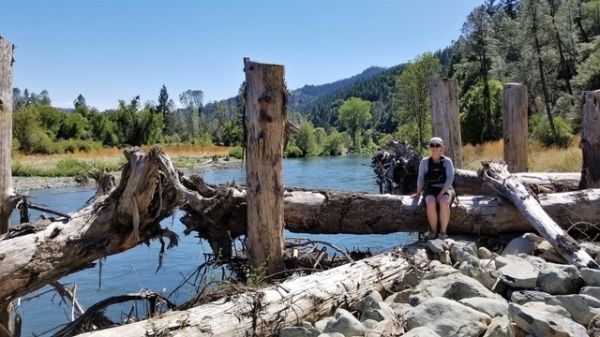Researchers at MIT have modeled how engineered and natural wood jams change river water levels, enabling an assessment of the trade-offs in flood risk and habitat creation for river restoration projects.
In a recent paper published in Geophysical Research Letters, researchers Elizabeth Follett ’09 PhD ’16, postdoc Isabella Schalko, and Donald and Martha Harleman Professor of Civil and Environmental Engineering Heidi Nepf detail their analysis of 584 experiments measuring the backwater rise induced by model logjams in an experimental flume. Schalko ran these experiments, with the hope of filling gaps of the previously understudied physical processes to better explain just how water flow is impacted by large, densely packed groups of logs and to better inform current and future flood risk as well as river restoration projects.
“We’ve been missing a way to describe the physical mechanisms by which large groups of wood pieces affect the river water level,” says Follett, who is the lead author on the paper and a Royal Academy of Engineering Research Fellow at Cardiff University. “Our work allows researchers to characterize structural properties of wood jams from field measurements, by measuring the river water level up- and downstream of the jam and applying our new model.”
The team hopes that the structural metrics will be useful for a wide range of scientists and engineers. The paper has also had an unintended benefit: bridging gaps between research groups.
Continue reading at MIT.
Image via MIT.


